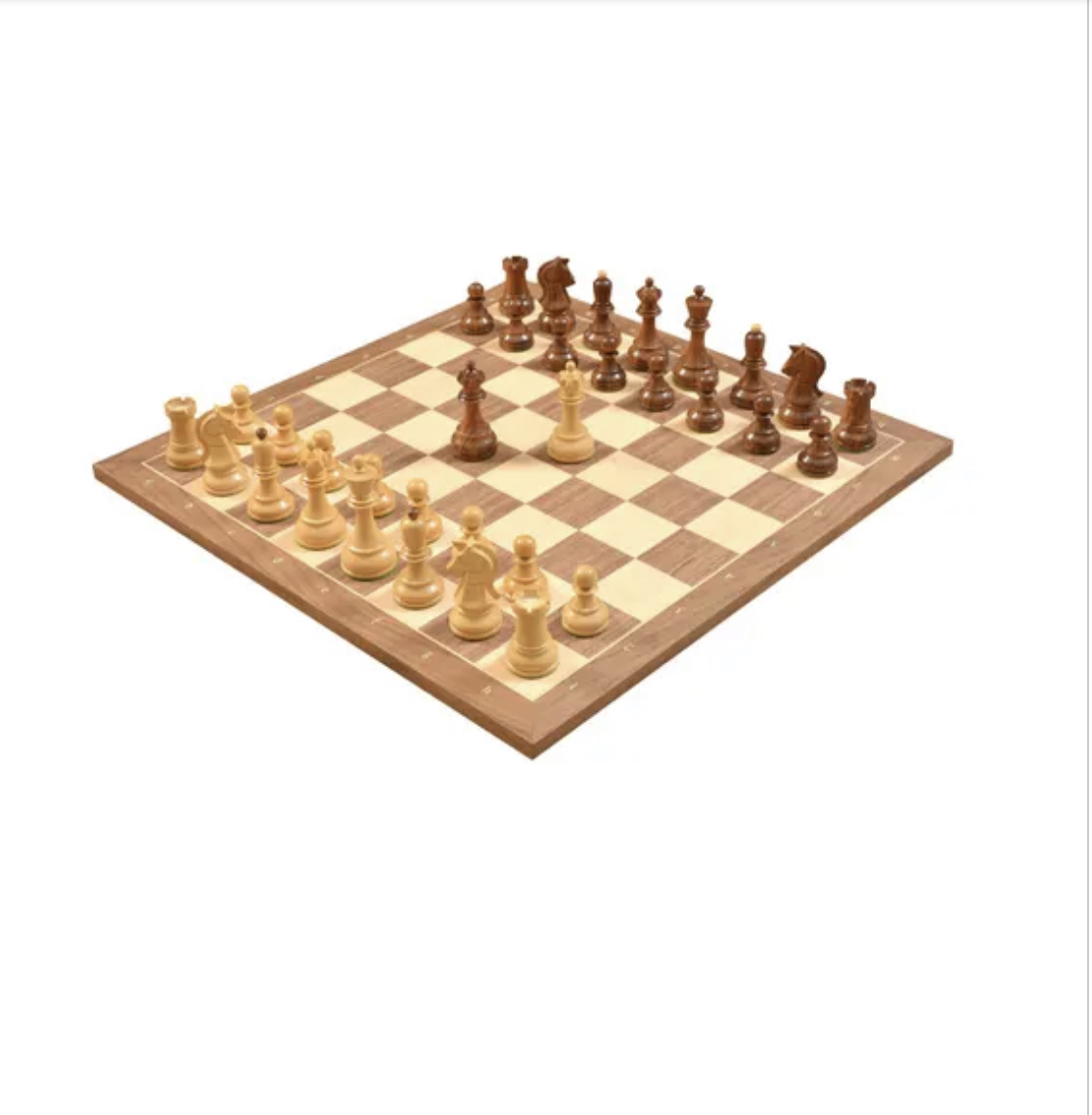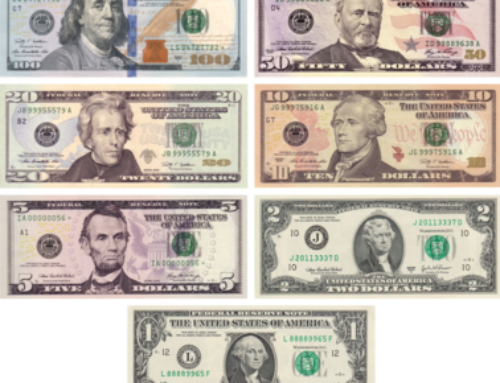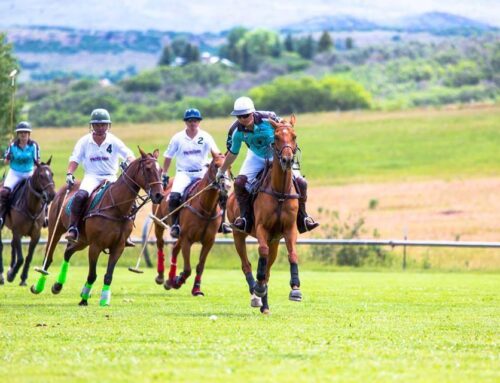As COVID-19 spreads around the world, confining millions of people indoors, online chess has exploded in popularity and provided much-needed social connections for longtime players and newcomers alike.
Chess.com, the most-visited global website for online chess play, expects 10 years worth of site growth to occur within the next few months. It has gained more than 700,000 members over the past three weeks, according to figures provided to Sporting News, and last weekend elevated to 9.1 million games played per day. The company is asking its engineering team to work overtime to keep its servers stable.
Bernard Shaw despised it. “Chess,” he said, “is a foolish expedient for making idle people believe they are doing something very clever when they are only wasting their time.” HG Wells took a similar line. “The passion for playing chess is one of the most unaccountable in the world,” he wrote in an essay. “It annihilates a man.” Raymond Chandler was just as rude, calling it “as elaborate a waste of human intelligence as you could find anywhere outside an advertising agency”.
I prefer the view of the German-born Siegbert Tarrasch, the best player in the world in the 1890s, though never world champion (the official title had only been instituted in 1886). “Chess, like love, like music, has the power to make men happy,” he wrote in the preface to The Game of Chess, which was published in 1931, three years before his death. The more you know about the game, the more limitless it seems. Thirty-two pieces and pawns on a 64-square board, yet more possible game variants than there are atoms in the universe.
We all differ in our abilities to solve problems, learn, think rationally, acquire new knowledge and integrate existing and new ideas.
After bing watching A Queen’s Gambit, at our daughter’s suggestion, I dusted off my computerized rating and I am rating in as an advanced player, but I’ll never be the outstanding player that my father was. He used to play 10 simultaneous games, tournaments, and things of that nature. We played from age 4-14 and I only beat him once, as I think he must have been drunk, as he never “just let a kid win.” He said that, “wouldn’t be fun once you realized the game was thrown and it wouldn’t make you a better player.”
- 0-1000: either a kid or a beginner.
- 1000-1200: below average player.
- 1200: either an average player or a newly registered member.
- 1200-1400: a decent chess player. Has played a good amount of chess games, but makes lots of mistakes and still falls on elementary traps.
- 1400-1700: a proficent chess player, but doesn’t know a lot about Chess theory, hasn’t studied many openings or end games, and still needs to work on his pattern recognition skills. Can beat most or all of his friends.
- 1700-1900: a very good chess player. Makes few mistakes. Has reached a level of mastery that most Chess players will never reach. Probably knows a good deal about chess openings and end games.
- 1900-2100: an outstanding chess player. Possesses solid knowledge of chess openings and end games. Probably can play chess with his eyes closed, and win.
- 2100+: a chess genius
I think this older site gets it right http://www.jaderiver.com/chess/ratings.html
National US Amateur Classes
National Class A (USCF 1800- 1999)
top amateur class
National Class B (USCF 1600-1799)
above average tournament player
National Class C (USCF 1400-1599)
average tournament player
National Class D (USCF 1200-1399)
a strong social player
National Class E (USCF 1000-1199)
social/scholastic players
National Class F (USCF 800-999)
novice/scholastic players
National Class G (USCF 600-799)
beginner II/scholastic players
National Class H (USCF 400-599)
beginner I/scholastic players
National Class I (USCF 200-399)
early beginner/scholastic players
National Class J (USCF 100-199)
minimum rating
Notice 1800-1999 are only top amateur class, even though they’d be able to beat your average tournament player. “Chess genius” is something I’d reserve for the top 10-20 players myself.
My father used to play on a set like this, but I don’t know whatever happened to it:
I somewhat prefer the French tournament sets to the Bobby Fischer ones, but I’d like to get a nice 3.75” heavy weighted wooden tournament set like this again someday perhaps.
Chess is fun to play with your friends, until you realize one of you is smarter than the other, as a friend of mine once said.
Learn from yesterday, live for today, hope for tomorrow. The important thing is not to stop questioning,” says Einstein.
We’re human, and we see the world with our strong bias — our own experiences and curiosities. We see only patterns that fit with our existing knowledge and strong beliefs.
Albert Einstein reportedly said, “I have no special talents, I am only passionately curious.”
Or as Keyzurbur Alas puts it, “intelligent people let themselves become fascinated by things others take for granted.”
If you’re smart, curious, and have a love of learning, you might find you quickly lose interest in anything once you’ve figured it out. The execution side of performance might bore you, and you’d rather constantly be learning new things. This can end up being less lucrative than finding a niche and repeating the same formula, but that might seem too boring or unchallenging to you. Chess has elements of all of this, but it’s complex enough to never have really fully figured out how it may all go.
For even more fun instead of playing on a computer, check out this robotic chess board.
Why? There are certainly fewer female chess players to begin with, but it appears unlikely participation can explain the whole story.
The argument about chess’s gender gap often follows the classic nature-versus-nurture debate. On one side are those who believe men are “hardwired” to play chess, such as former World Championship challenger Nigel Short.
His comments caused a media storm in the United Kingdom. It’s true women have been shown to exhibit higher risk aversion and lower competitiveness across many domains, including chess, possibly driven by differences in testosterone. However, evidence is mixed on whether or how these traits affect performance over the chess board.
‘We are capable of the same fight as any man’
On the other side are those who argue the gender gap in chess is mainly due to societal and cultural pressures that put women off the game. A commonly cited example is Hungary’s Judit Polgár, considered the strongest female player of all time, and the only woman ever to be ranked in the world’s top ten. Her psychologist father believed geniuses are created, not born. His three daughters, home-schooled in chess from the age of three, each achieved groundbreaking success in the game.
Judit Polgár reached a peak ranking of eighth in the world and shared the same view as her father when she retired in 2015, saying:
We are capable of the same fight as any man. It’s not a matter of gender, it’s a matter of being smart.
The stereotype threat effect
Despite Judit Polgár’s success, stereotypes about female chess players remain. Her older sister Susan, a former women’s world champion, noted:
When men lose against me, they always have a headache… I have never beaten a healthy man.
The American Bobby Fischer, on whom The Queen’s Gambit’s lead character is largely based, once said women are “terrible chess players”, later opining that “I don’t think they should mess into intellectual affairs; they should keep strictly to the home”.
Another former world champion, Garry Kasparov, said in a 1989 issue of Playboy Magazine that “there is real chess and women’s chess”.
These sorts of beliefs may induce a “stereotype threat” that can explain part of the performance gap.
Stereotype threat is where minorities underperform solely because they’re aware of a stereotype that people of their group do worse. Confidence flags, interest wanes and a vicious cycle of self-fulfilling prophesy follows. The stereotype threat effect has been observed in experiments involving women and mathematics performance and in studies on lower representation of women in leadership positions.
In one study, researchers pitted male and female chess players against each other online. The sexes performed equally when identities were anonymous, but when the sex of the opponents was known, female players performed worse against male players and better against other female players.
Using a dataset of more than 180,000 players and 8 million rated tournament games, my colleagues and I recently found evidence to support a stereotype threat effect for female chess players. Female players tend to perform worse against male opponents than against female opponents, even after accounting for chess strength.
The performance drop is roughly equivalent to a woman giving her male opponent the advantage of the first move in every single game.
The winds of change
There is still much to discover about what play the biggest roles in driving the gender performance and participation gaps in chess, what policies can be used to narrow them, and what these insights tell us about other male-dominated fields.
What we do know, however, is the chess world is starting to change. In 2001, only 6% of internationally rated players were female. By 2020 this had risen to more than 15%.
Part of this may be due to “affirmative action” policies, such as chess league mandates that clubs include at least one female player in their (typically eight-player) teams. This not only increases female earnings but also has a trickle-down effect for female participation.
Two economists recently looked at the effect of this policy in the French chess league. The study, which is yet to undergo peer review, found not only that the share of female chess players in France significantly increased in subsequent years, but that the ratings gap for elite male and female players also narrowed.
Attitudes are starting to change, too. After his famous loss to Judit Polgár in 2002 — the first time a female player had beaten a reigning world champion in a rated game — Kasparov was asked about his past opinions about women’s chess. His reply: “I don’t believe that now.”
The current world champion, Magnus Carlsen, said in a recent interview:
Chess societies have not been very kind to women and girls over the years. Certainly, there needs to be a bit of a change in culture.
Could The Queen’s Gambit spark that change? The show is Neflix’s most-watched scripted limited series, reaching number 1 in more than 60 countries.
Chess-related Google searches have soared since its debut. And past research has shown popular television can have a significant impact on real-world outcomes related to gender.
As to whether we’ll see a “Netflix Effect” on the chess gender gap, only time will tell.
En Passant
The conditions for a pawn to capture an enemy pawn en passant are as follows:
- the enemy pawn advanced two squares on the previous turn;
- the capturing pawn attacks the square that the enemy pawn passed over.
If these conditions are met, the capturing pawn can move diagonally forward to the square that the enemy pawn passed, capturing the enemy pawn as if it had moved only one square. If the right to capture en passant is not exercised immediately, it is subsequently lost. Making the capture is optional, unless there is no other legal move.






